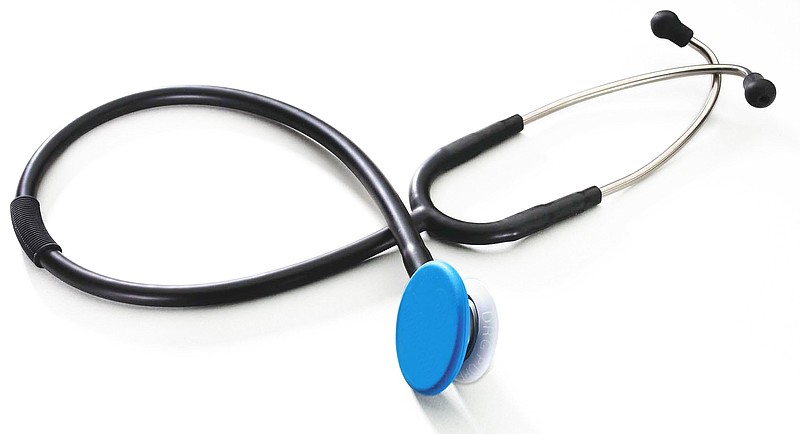A joke of years past highlighted a medical student who was denied his degree because his handwriting was legible. Medical records of that time, whether in hospitals or clinics, were bulky, often-illegible and expensive to maintain, copy and transmit to other professionals or treatment centers that might be involved in a patient's care.
Crucial pieces of laboratory data might be lost; follow-up appointments forgotten; and critical data overlooked in the thick folder that characterized most patient records. A person with multiple problems might have two or more volumes of records that would frustrate retrieval of important information.
I have seen records kept on index cards. Sometimes, records in a private office consisted of a few written cues that would stimulate the memory of the patient's caregiver. On one occasion I saw a smear of a patient's blood preserved on a shard of window pane.
As medical practice became more complex with multiple specialists, procedures and institutions involved in a patient's life, such records became a hindrance to safe, coordinated care. Scribbled records and prescriptions could lead to dangerous errors.
An electronic health record offered an alternative. Ideally, all information relating to the medical care of a patient could be centralized in a digital format. Clinical notes, medications, diagnostic studies - including X-rays, consultations and hospitalizations - could be stored and promptly accessed or transmitted among all professionals engaged in the care of a patient.
An ideal electronic health record provides instant access to a patient's comprehensive clinical file. Information can be immediately forwarded to a consultant or an admitting physician at a hospital, as long as they use the same records system.
Alerts will remind the caregiver of the need to repeat certain lab tests or to update vaccinations and other preventative measures. Drug allergies and possible drug-to-drug interactions will be highlighted when medications are added. Prescriptions are printed or forwarded electronically to pharmacies, eliminating the danger of illegible drug orders.
Within a hospital or integrated health system, an effective electronic health record system facilitates safe, prompt, appropriate care by all persons involved in a patient's care.
In the 1990s, the Veterans Administration adopted a system-wide electronic health record to facilitate and to unify care among multiple in-patient and out-patient facilities. The Kaiser Permanente health care system was a leader in developing an electronic health record for its extensive out-patient and in-patient network. Vanderbilt devoted many years to building its electronic system, which smoothly links all components of its health care system.
In 2009, to stimulate the economy and to promote the wider adoption of electronic health records, Congress passed the Health Information Technology for Economic and Clinical Health Act. Supporters of the measure saw electronic records as a means to improve health care for Americans. The act provided $29 billion over a decade for the implementation of such systems in qualified clinical settings.
With that much money in play, multiple companies developed products, which were often unable to link to one another. No industry-wide standard was developed.
The transition to electronic health records has been bumpy. Costs to install needed computers and software and to train staff are substantial. Adopting a fundamentally new information system must be accomplished while an office, clinic or hospital continues its busy daily routines. Think of rewiring an airplane that is already in flight. Nonetheless, the large majority of health-care providers now utilize an electronic records system.
In a recent informal survey of physicians, I found support - sometimes begrudging - for electronic record-keeping. Users liked the consolidation of all clinical materials related to a patient at one easily accessed electronic site. Caregivers in large, integrated health-care systems give the systems very high marks for convenience and utility.
An occasional complaint that I hear from patients is that the nurse or physician who is interviewing them spends too much time staring at a computer screen while entering data and does not make eye contact. I have not found this to be an issue in multiple clinical contacts that my family and I have had.
Despite shortcomings of some products, electronic health records offer the only feasible means for managing an enlarging mountain of clinical information for caregivers and patients alike.
Contact Clif Cleaveland at cleaveland1000@comcast.net.

